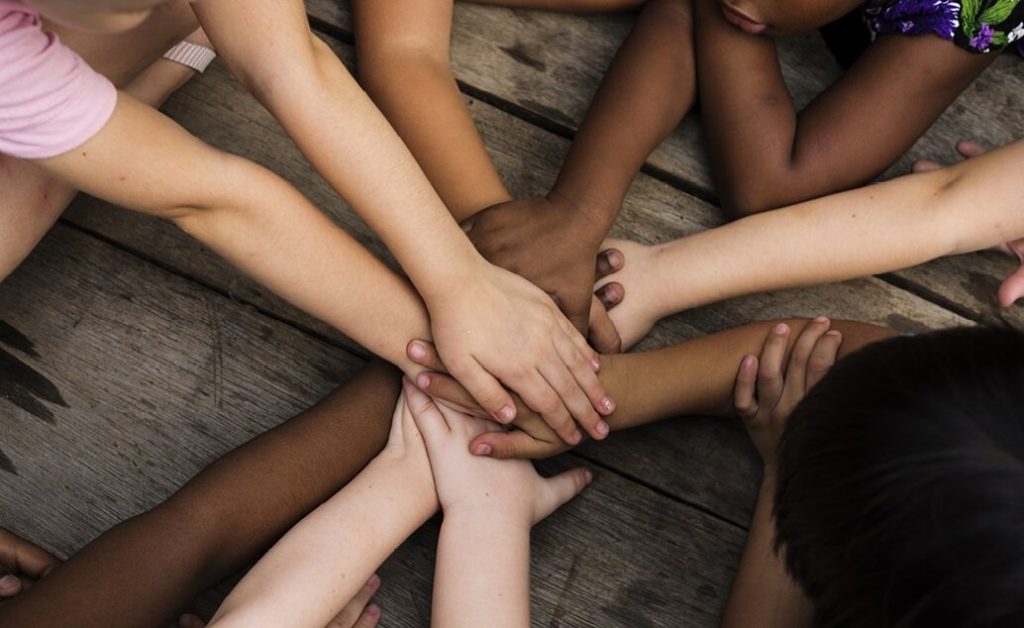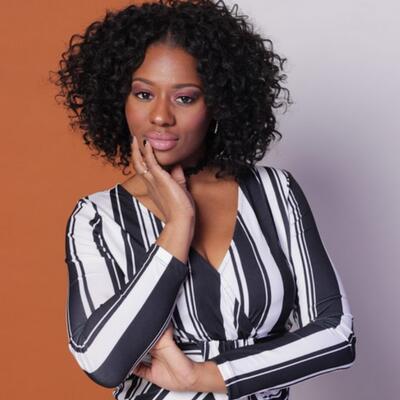
Besides snowflakes and paper hearts, February is also best known for recognizing the well-deserved Black History Month.
Though it should not be, February may be the only time some students learn about the history and contributions that black people, past and present, have made to our world.
The Civil Rights Movement has always been a popular lesson this month, highlighting the struggles of black people and their fight for equality. A centerpiece of this lesson is usually Dr. Martin Luther King Jr.’s famous “I Have A Dream Speech,” which still resonates decades later.
While these lessons are important, simply covering this one era isn’t enough to help students understand not just racial struggles, but other injustices ranging from gender discrimination to education inequality. It also doesn’t prepare them to advocate for justice today. So it’s time to help students apply these lessons and become activists themselves.
Start by teaching them that many young people were involved in key pieces of the civil rights movement, such as the Montgomery Bus Boycott, The Little Rock Nine and the Freedom Riders. Showing clips and interviews and reading vivid descriptions of these events and the roles young people played can be an effective way to kick off the month.
Finding current topics to discuss will not be difficult. Every day, I use CNN10.com, a 10-minute news segment that broadcasts global stories affecting our students. Stories such as the recent partial government shutdown, ex-offender voting rights, and immigration always get my students talking. After several of these discussions, ask students to write down 10 issues that make them sad or angry. Many meaningful activities can stem from these lists.
For example, ask them to consider a school-wide campaign related to one of those 10 issues. You can never start too small. Some examples might include a lack of educational programming, seeking updated technology or changes to the school’s discipline code. Show the students that most campaigns – big or small – start with an idea. They will learn to collaborate with peers and staff, designate roles, and set a goal with timelines. This work can be done as an after-school club or during designated time during the week for all classes to work in it.
Once the campaign is up and running, take it on a field trip to a school board meeting. Students can get their activist feet wet by publicly speaking to a specific audience about an issue that directly affects their school. Students will have a chance to answer questions and feel empowered to grow their campaign.
Students also can discuss their issue with podcasts, blogs and YouTube videos. They will learn to defend their position – and grow their support – when responding to positive and negative comments.
At the end of February, cap off Black History Month with an activism fair, where each student can publicly present their issue and research on a poster. You could even add prizes for the best campaigns.
This year, don’t let Black History Month be a few mundane lessons focusing only on the past. Use it to cultivate activists for the future.
Find even more ways to be a culturally responsible teacher by joining the American College of Education student community. Explore all our graduate-level degree programs in the field of education.

